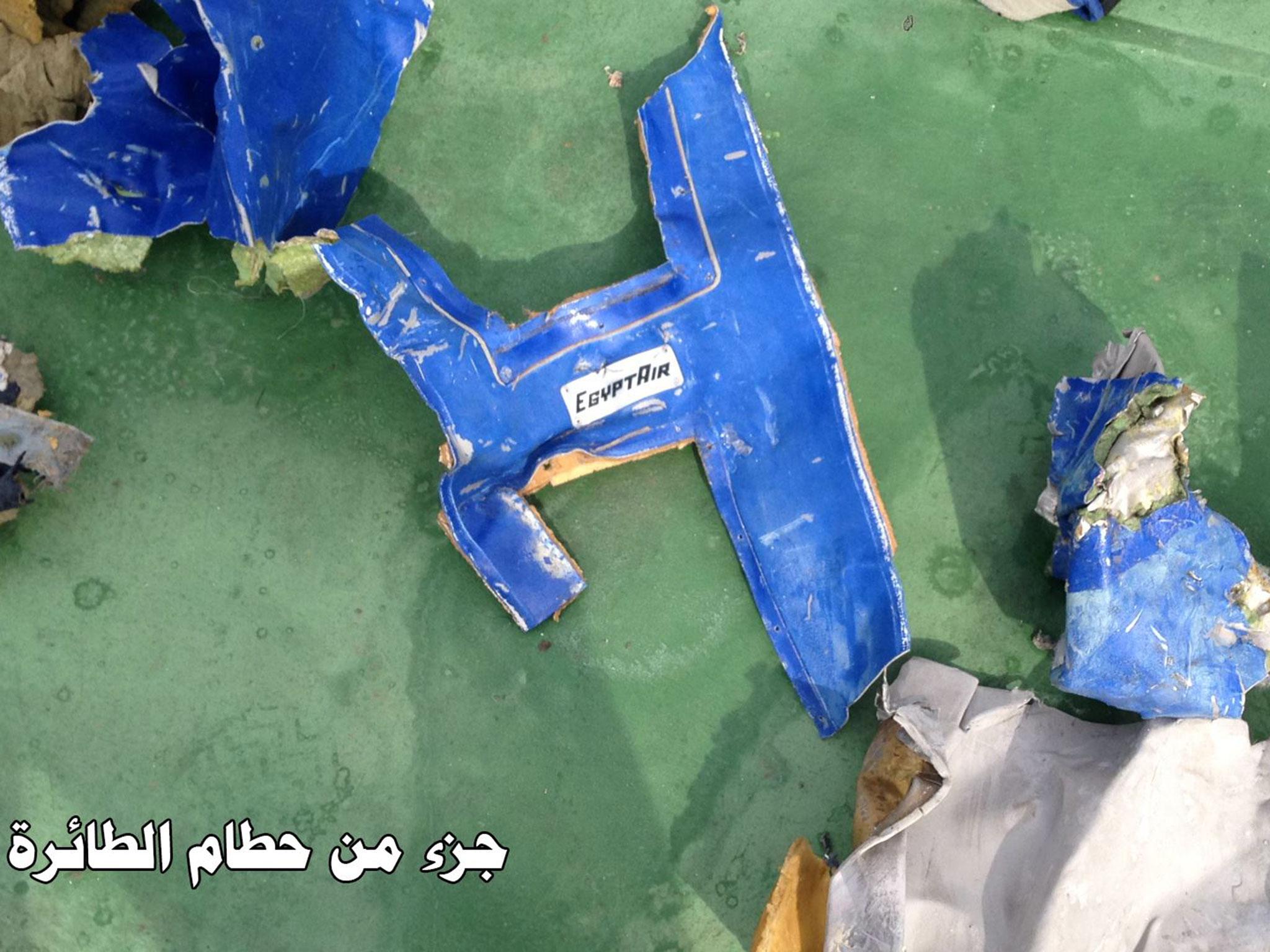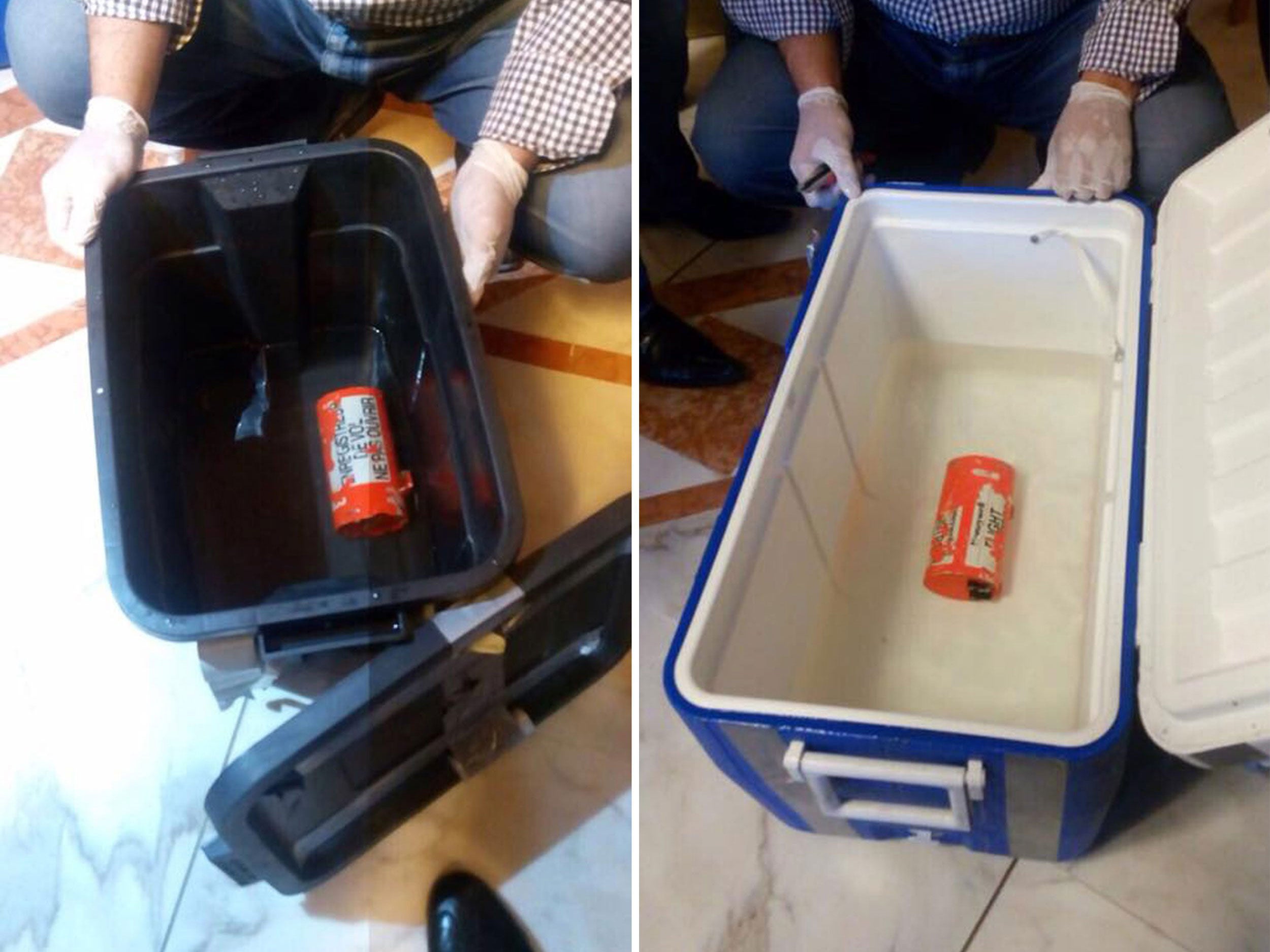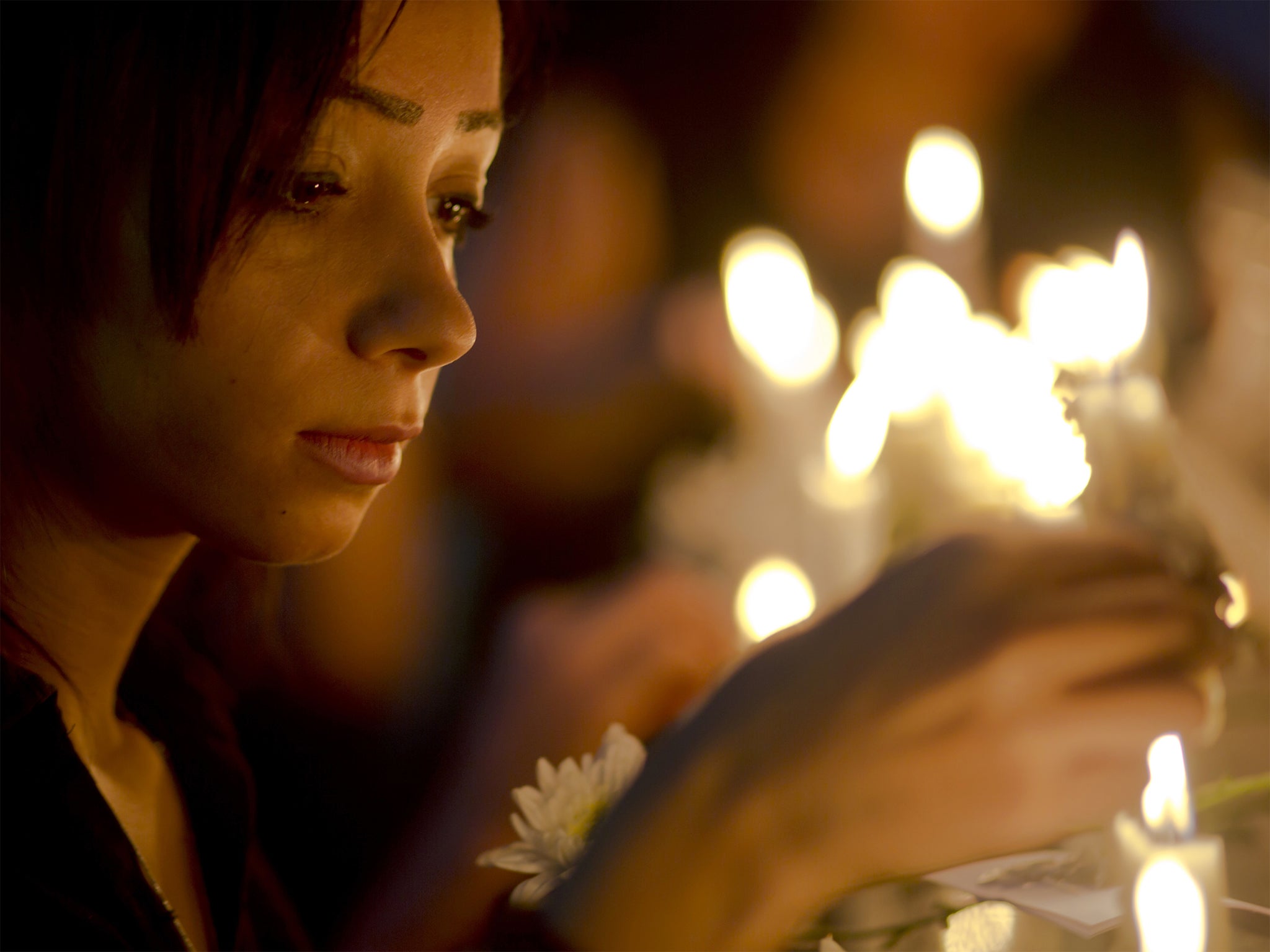EgyptAir pilot tried to put out fire on board plane, black box shows
Information from the flight's cockpit voice recorder suggests the pilot tried to extinguish a fire in the cockpit before the plane crashed

One of the pilots on board EgyptAir flight 804 tried to put out a fire before the crash, according to data from one of the plane's black boxes.
Information from the flight's cockpit voice recorder suggests the pilot tried to extinguish a fire in the cockpit, Le Figaro reported.
Egypt's Aircraft Accident Investigation Committee has said data from the flight data recorder confirms previous reports of smoke on board flight MS804.
The committee also said recovered wreckage from the jet's front section showed signs of heat damage and "thick black smoke".
The cause of the disaster remains unclear. French authorities have opened a manslaughter investigation and say they have found no evidence the crash was terror-related.
Seven minutes before contact was lost with the plane as it flew from Paris to Cairo, one of the black boxes recorded a sequence of messages indicating multiple faults on board - possibly including fire in a toilet and the main electronics bay.
The first message, sent at 2.26am Cairo time, read: “ANTI ICE R WINDOW” - indicating a problem with the heater for the first-officer’s window.
Six more messages followed in the next three minutes. Two were concerned with window sensors, while two mentioned smoke. One detector was in a toilet behind the flight deck and the second in the avionics bay beneath the cockpits.

While the smoke detectors are intended to indicate fire, they can also be triggered by condensation of the kind that occurs in the event of sudden decompression.
The final two messages, sent within seconds of each other at 2.29am, read “AUTO FLT FCU 2 FAULT” and “F/CTL SEC 3 FAULT”, indicating problems with the autopilot and the flight control system respectively.
Four minutes later, the aircraft’s transponder made its last broadcast, relaying details of the aircraft and its location before it crashed into the Mediterranean Sea on 19 May, killing all 66 people on board.
No distress calls were made from the flight deck, suggesting the pilots may have been incapacitated or too busy trying to save the aircraft to broadcast a Mayday.
The Airbus A320's damaged cockpit voice recorder is being repaired in France, after initial attempts to download information from it failed due to damage.

Technicians at France's air accident investigation agency, the BEA, are attempting to remove salt damage and repair them. They will then be sent back to Egypt for analysis.
A forensics expert said body parts retried from the crash were small and pointed to a possible explosion on board, but the head of Egypt's forensics authority dismissed it as "mere assumptions".

Among the victims was Richard Osman, a father-of-two from Wales.
EgyptAir said 30 Egyptians, 15 French passengers, two Iraqis, and one passenger from Britain, Sudan, Chad, Portugal, Algeria, Canada, Belgium, Kuwait and Saudi Arabia were on board.
Join our commenting forum
Join thought-provoking conversations, follow other Independent readers and see their replies
Comments
Bookmark popover
Removed from bookmarks